The Disney Plus original series American Born Chinese is based on the Gene Luen Yang graphic novel of the same name, but the series still made many pivotal changes to the original story. Released in 2006 to rave critical reviews, Yang’s challenging graphic novel explored themes like racial identity and coming-of-age in a way that had never been broached in any medium before. Though the Disney series’ approach to the source material attempts to capture the essence, many details from the story were manipulated or downright changed to reflect a more family-friendly image for the series.
Like many movies and shows based on a book or graphic novel, American Born Chinese took certain necessary liberties with the source in order to fill an eight-episode slate, but some important details were lost in the shuffle. Many of the most challenging aspects of Yang’s novel were dropped in favor of a simpler narrative approach, and though the cast of American Born Chinese excelled at playing their comic counterparts, some things weren’t the same. When it comes to changes, the series not only ignored details but flat-out added a host of story threads that simply were not in the graphic novel.
10 Jin Is Pressured To Break Up With Amelia Because Of Racism
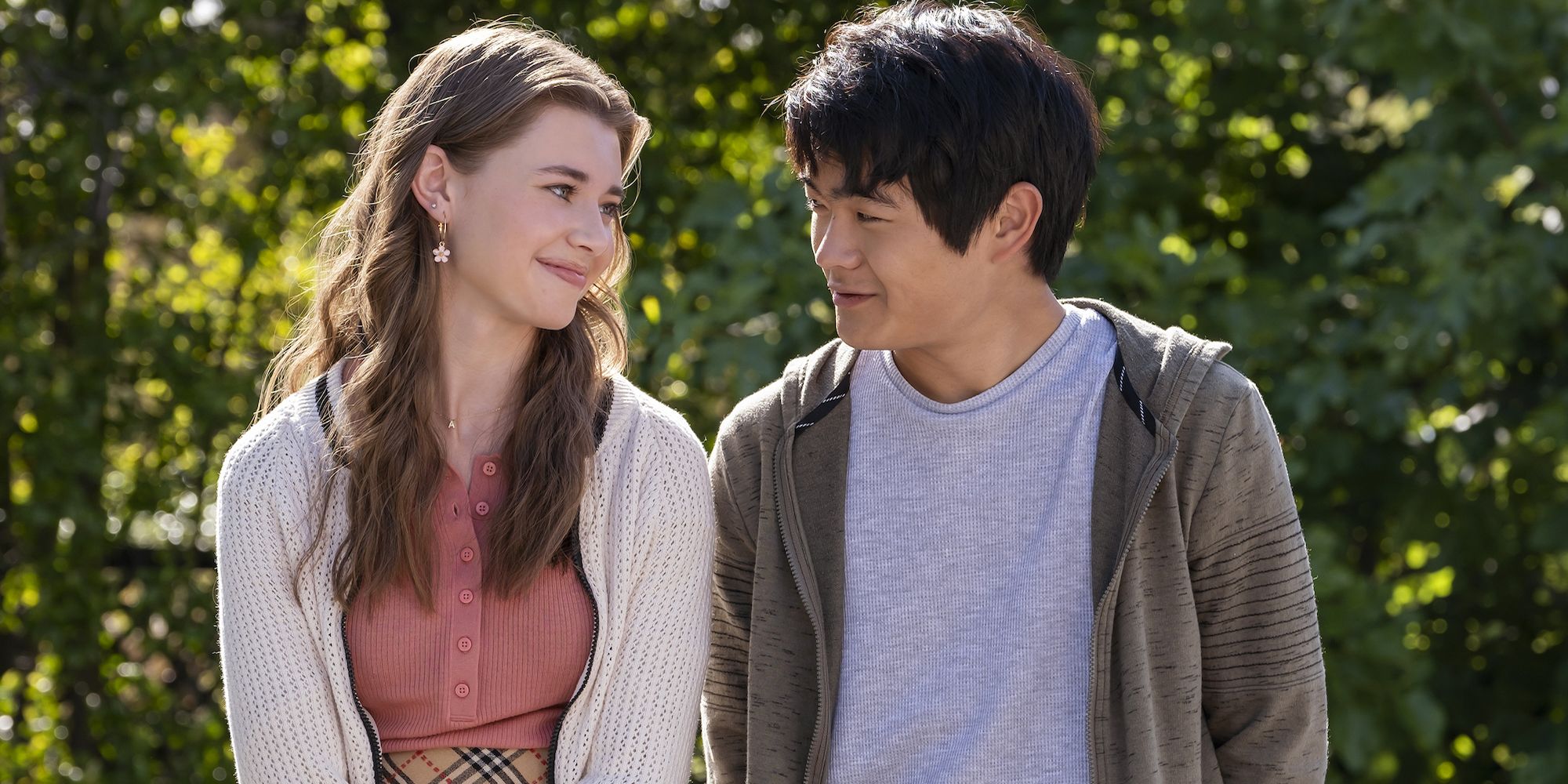
One of the most typical coming-of-age threads seen in the American Born Chinese series is Jin Wang’s will-they-won’t-they relationship with his classmate Amelia. Though he is initially rebuffed as merely a friend, Amelia eventually falls for Jin, and she even professes her love for him before the epic final battle in season 1. However, in the novel, Jin and Amelia’s relationship is actually marred by racism, as Amelia’s friend Greg pressures Jin to stop dating her because of her “image.” Jin rightly interprets that as a slight on his Chinese heritage, and it actually initiates his eventual falling-out with Wei-Chen.
9 Jin’s Parents Aren’t Fighting
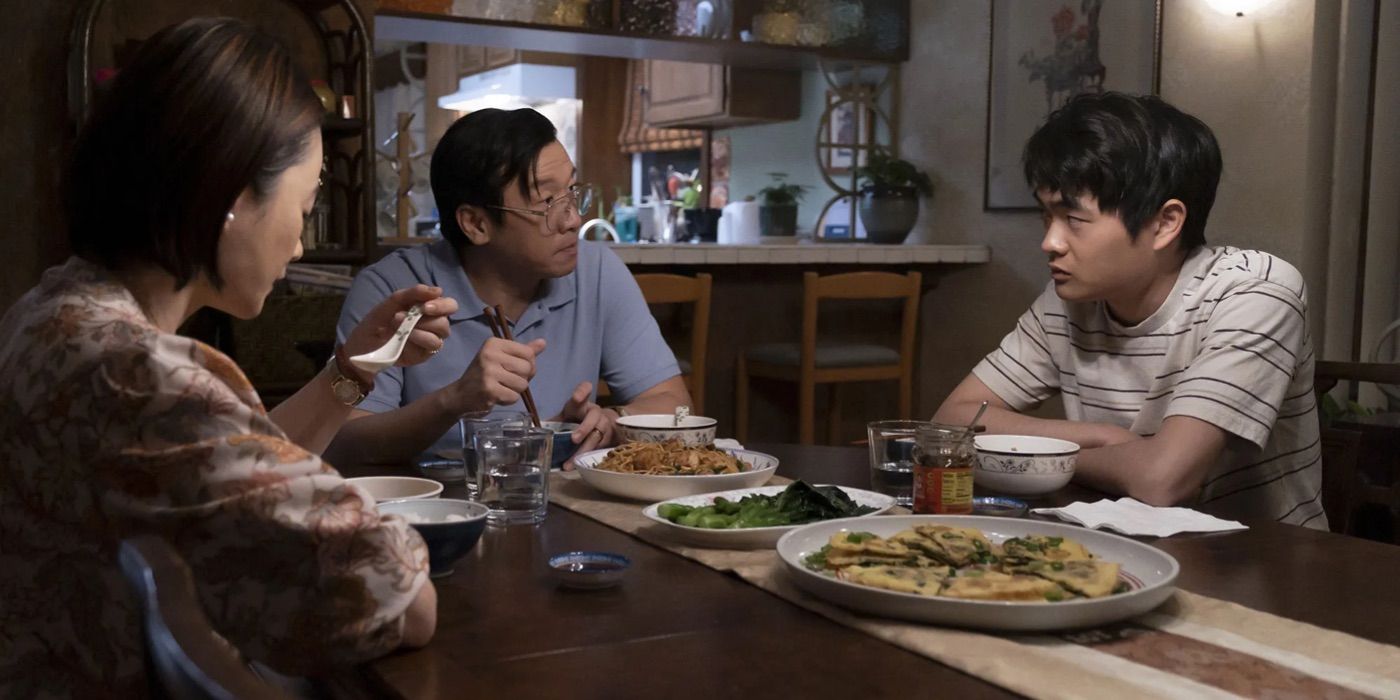
Many details were added to the show in order for American Born Chinese season 2 to have more things to explore, and one such detail was the subplot involving Jin’s parents and their near-divorce. Jin’s parents do play a role in the graphic novel, but they aren’t on the edge of divorce as they are shown in the series. In the graphic novel, Jin has enough things on his plate as it is, but in the show, their relationship problems were a perfect way to illustrate how frayed the teen’s life had become.
8 Danny Is Cut Out Completely
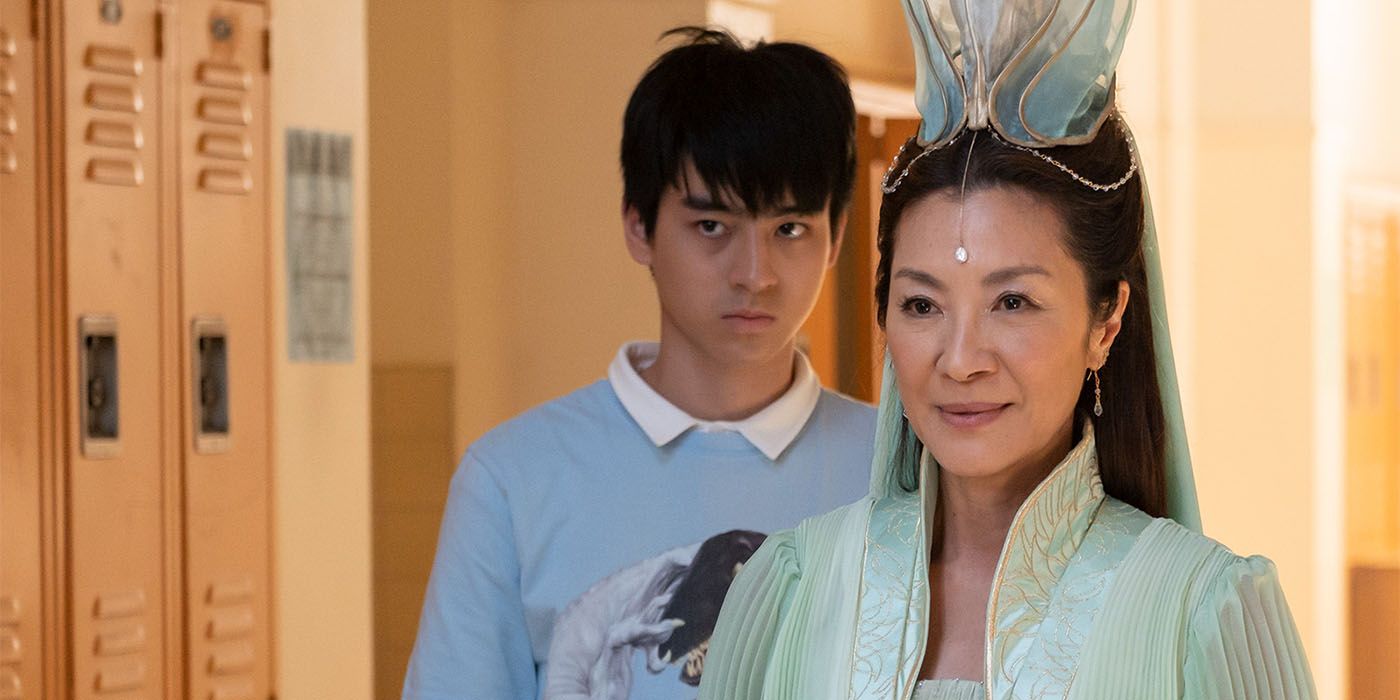
The graphic novel American Born Chinese is essentially a story in three parts, and the third portion involves a white teen named Danny who is embarrassed by his cousin Chin-Kee, a literal amalgamation of racist stereotypes about Asian people. The finale of the novel reveals that Danny was actually Jin’s imagined white alter-ego, and Chin-Kee was the way he embodied his own racial self-loathing. Obviously, a family-friendly Disney Plus series couldn’t explore that surreal aspect of the graphic novel without causing controversy, so the character of Danny and his connection to Jin was totally excised.
7 Wei-Chen Dates Suzy Nakamura

The teen romance in American Born Chinese was a big part of the TV series, but the adaptation actually ignores a major relationship from the book. When Jin arrives at his new high school in the novel, he is one of only two Asian students and quickly meets Suzy Nakamura, a Japanese American girl. When Wei-Chen eventually transfers in, he begins dating Suzy, and they actually become quite close. In a fit of rage and confusion, Jin kisses Suzy, which causes his falling out with Wei-Chen in the third act of the novel. Though Suzy is a minor character in the show, she and Wei-Chen never get together.
6 Jin Is Not The Fourth Scroll
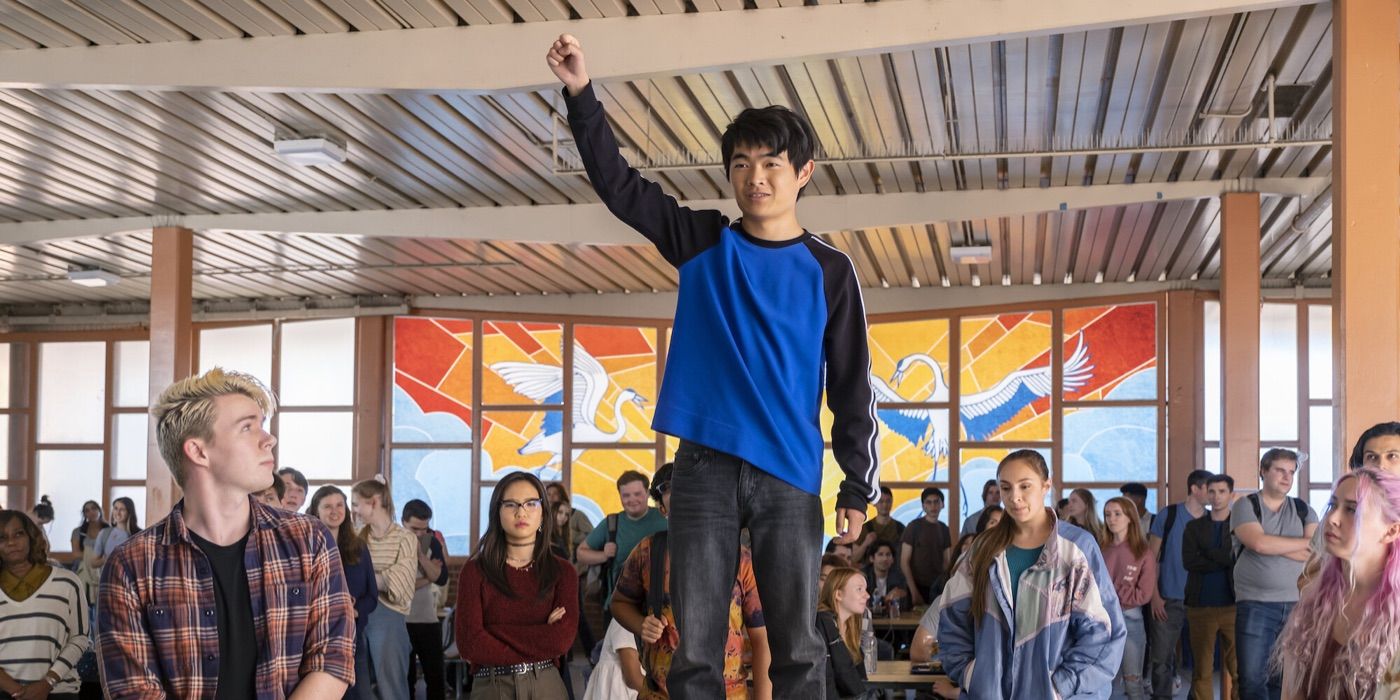
Throughout season 1 of American Born Chinese, Wei-Chen is on the hunt for the Fourth Scroll, which will grant him enough power to stop Niu Mowang, the Bull Demon. Interestingly enough, that particular magical MacGuffin isn’t even mentioned in the graphic novel, and the twist ending of season 1 is completely absent from the original story. In the show, Jin is revealed to be the powerful artifact when he prevents Mowang from enacting his plan, but that has no basis in Yang’s story. American Born Chinese treats mythology like superheroes, and that particular detail smacks of Disney’s MCU influence.
5 Jin Never Joins The Soccer Team
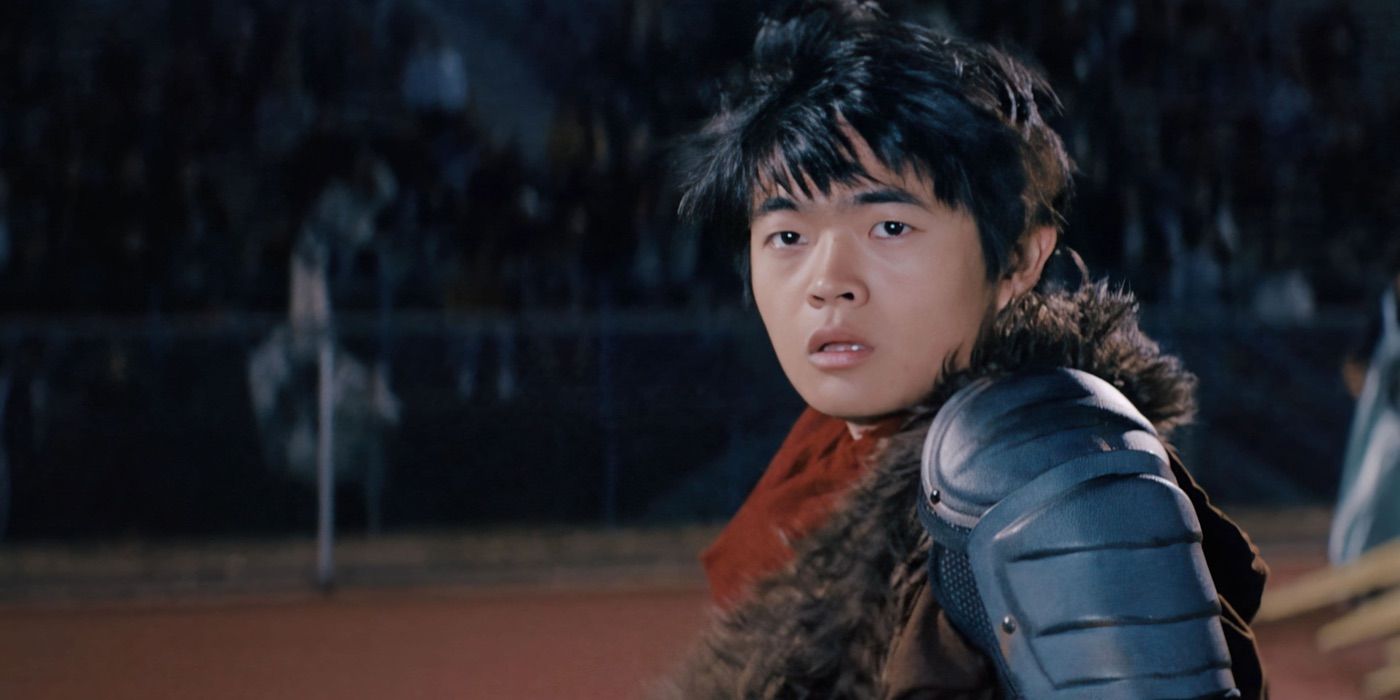
The plot of Yang’s American Born Chinese graphic novel is much more streamlined than the show, and certain important character beats for Jin were added to make the series more interesting. One such example is Jin’s desire to join the soccer team in order to gain acceptance from his peers. Though his quest for acceptance is cleverly used to fulfill the novel’s themes of sacrificing one’s culture to fit in, the Jin of the novel has no interest in sports.
4 Wei-Chen Is Taiwanese
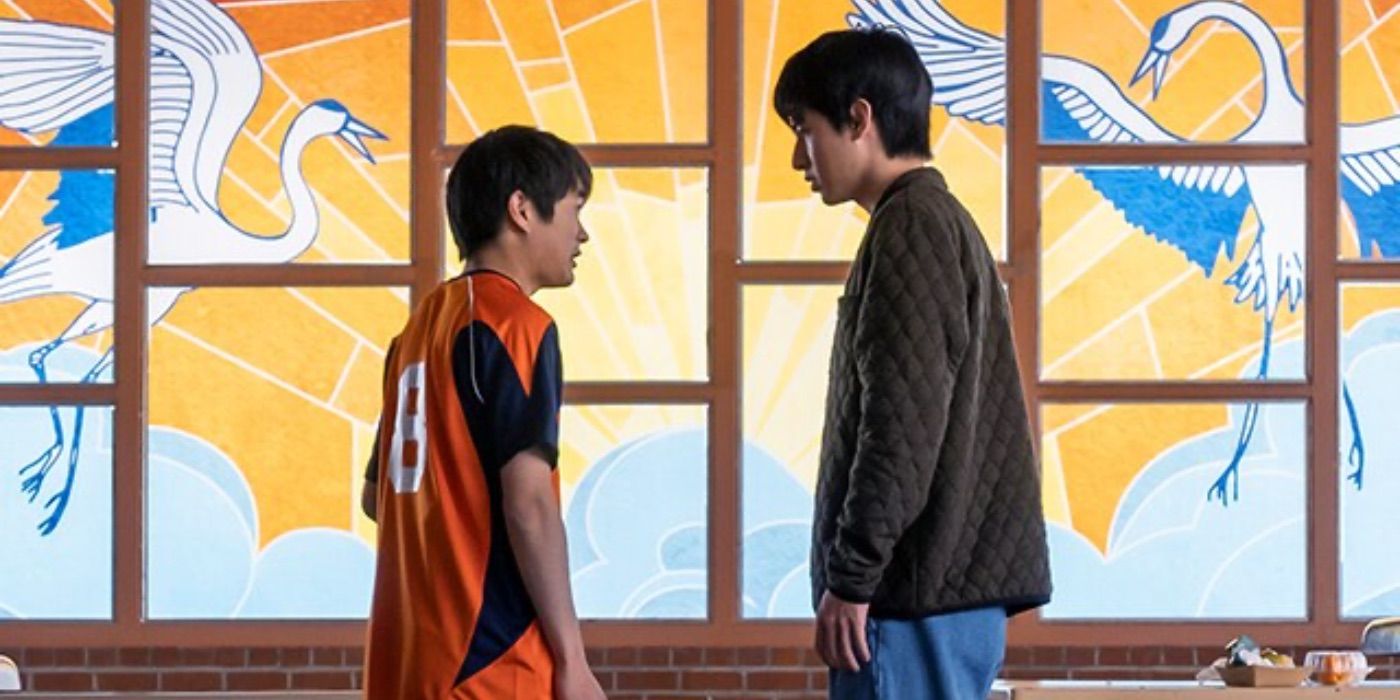
Perhaps one of the strangest and most unnecessary changes from the American Born Chinese graphic novel was the reversal of Wei-Chen’s heritage. In the book, Wei-Chen is presented in human form as being of Taiwanese descent, but in the Disney Plus version, he is simply a Chinese exchange student with no mention of Taiwan. While it could have been a simple oversight on the screenwriter’s part, it might also reflect Disney’s desire to avoid many of Hollywood’s Chinese controversies surrounding the touchy political situation regarding Taiwan and its sovereign statehood.
3 Freddy Wong Is Actually A More Offensive Character
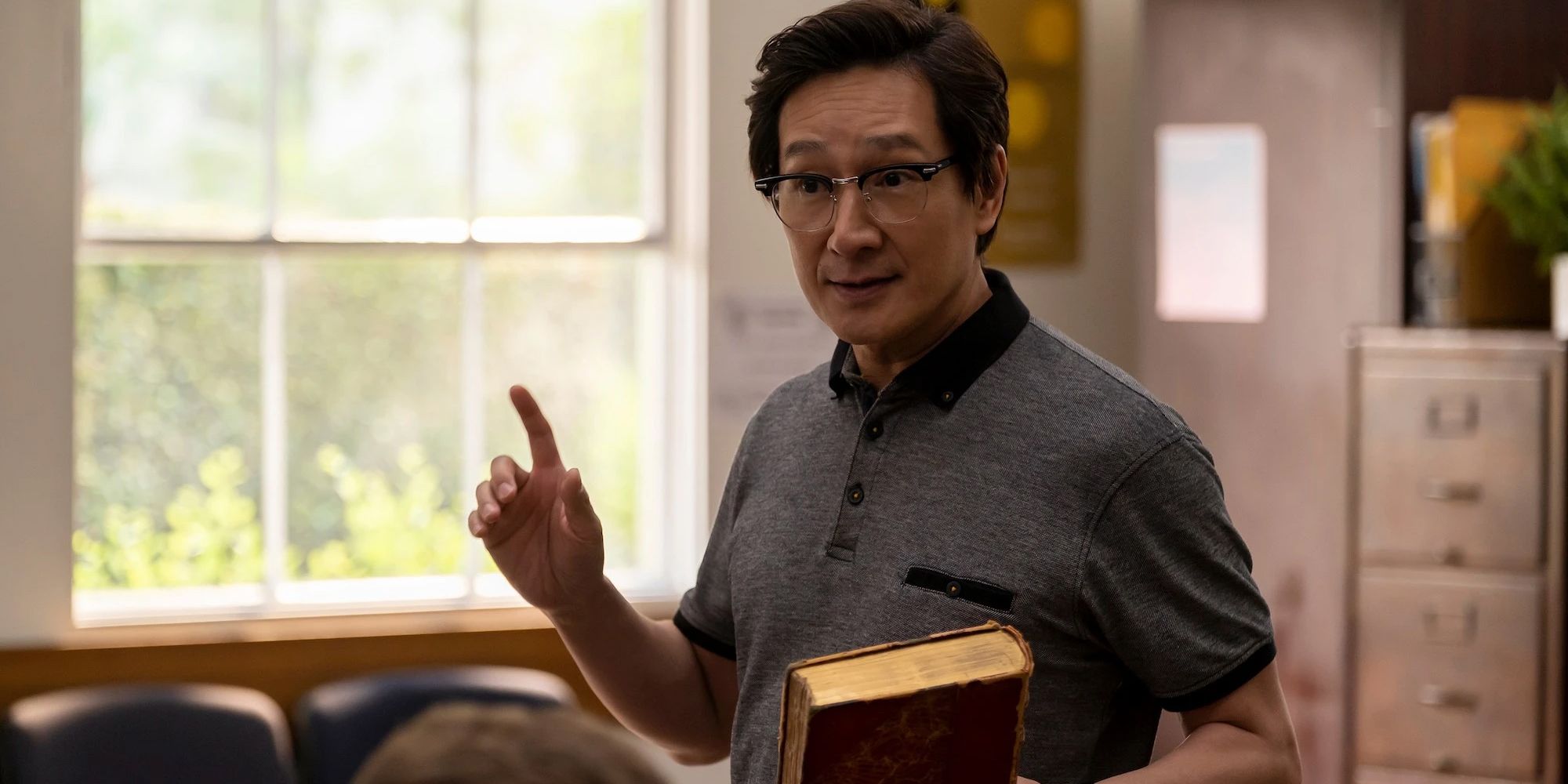
Unlike the character of Danny, who was cut completely from the TV series, the intentionally confrontational character of Chin-Kee is featured but in a totally different context. Instead of the show including the surreal subplot that takes place within Jin’s imagination, Chin-Kee is transformed into the character of Freddy Wong, a fictional figure from the made-up ’90s sitcom Beyond Repair, who is played in the show’s universe by Jamie Yao. Though Freddy Wong is still a problematic racist stereotype, he is nothing like the over-the-top depiction of Chin-Kee in the book. Either way, both characters were devised to represent Asian stereotypes seen in Western media.
2 Jin Doesn’t Find Out About Wei-Chen Until The End
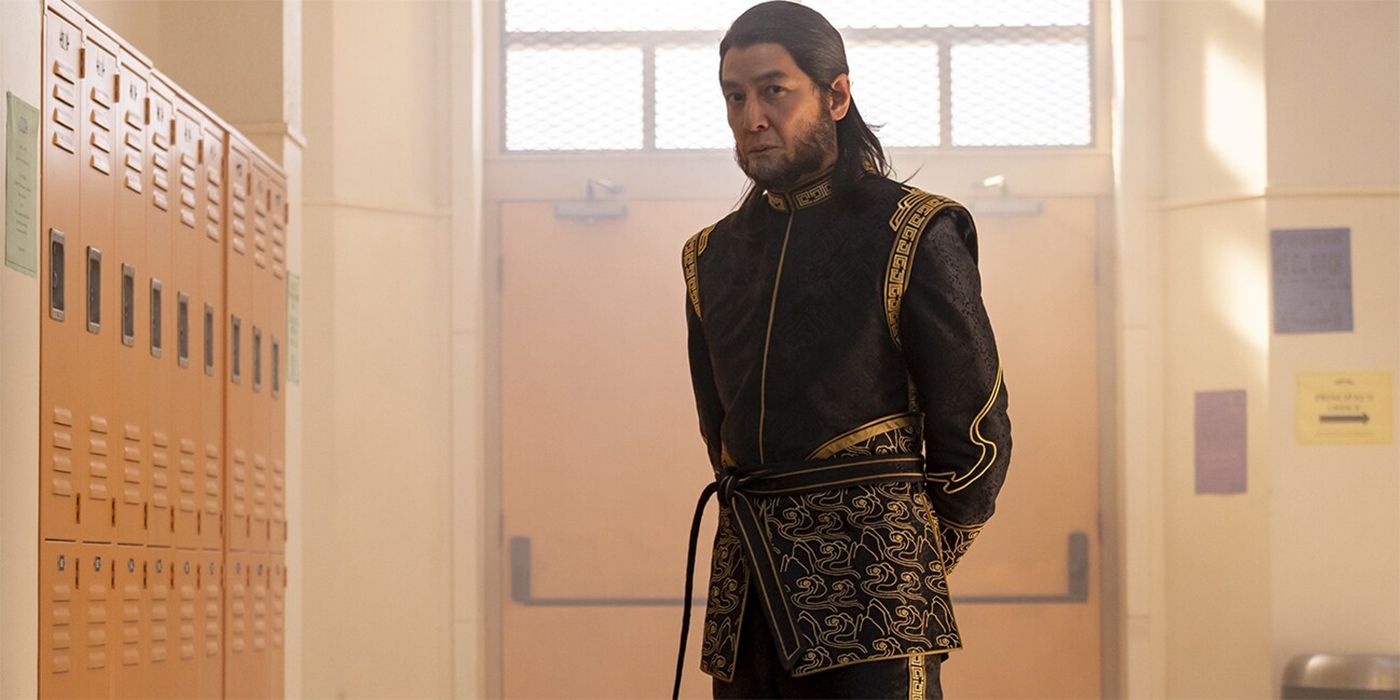
In the American Born Chinese series, Jin learns that Wei-Chen is actually the son of the Monkey King quite early on, and it helps to propel him into his adventure. However, in the book, that detail is actually dropped on Jin toward the end, and it has little bearing on the plot or his relationship with Wei-Chen. The graphic novel is less about the pantheon of Chinese gods and more about Jin’s inward struggle with his Chinese heritage. Therefore, Wei-Chen’s parentage serves more as a twist to cap off the novel and tie the threads together.
1 There Is No Battle Between The Gods

Perhaps the biggest and most shocking change from the American Born Chinese graphic novel is the fact that the entire war between the gods plot doesn’t happen in the book at all. While the graphic novel does tell the ancient story of the Monkey King and his lengthy imprisonment, Niu Mowang the Bull Demon is not present, nor does he attempt to destroy heaven. Jin Wang never gets involved in a struggle between Chinese deities, and he actually doesn’t even know about them until the twist ending of the book when Chin-Kee was revealed to be the Monkey King in disguise.




